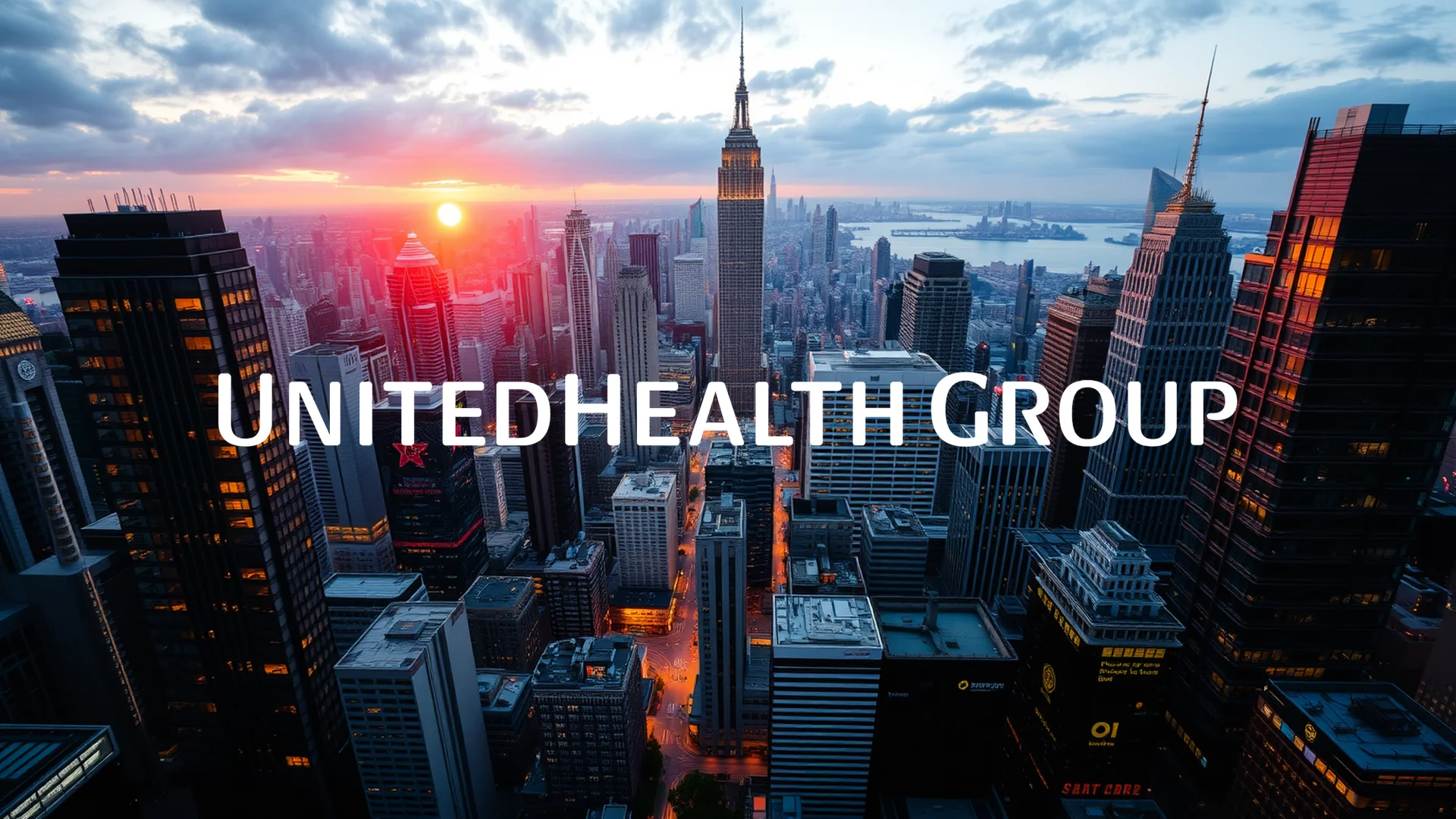The investment case for UnitedHealth Group is facing its most severe test in recent memory. Despite posting quarterly revenue that surpassed market expectations, the healthcare behemoth has recorded seven consecutive sessions of declining share prices—a pattern that would trigger alarm bells for most equities but has become routine for this industry leader. The contradiction between operational performance and market sentiment stems from a fundamental imbalance: the company’s medical expenses are rising at a pace that dramatically outpaces revenue growth.
Profitability Metrics Signal Deepening Trouble
At the heart of UnitedHealth’s challenges lies a critical insurance industry metric that presents a concerning trajectory. The Medical Care Ratio (MCR), which measures the percentage of premium revenues spent on medical services, surged to 89.9% during the third quarter. This represents a substantial year-over-year increase of 470 basis points, indicating a severe compression in the company’s profit margins.
To put this in perspective, for every dollar collected in premiums, UnitedHealth now retains only approximately 10 cents before accounting for additional operational expenses. This marks a significant deterioration from the 83.2% ratio recorded throughout 2023, revealing an unmistakable negative trend that shows no immediate signs of reversal.
Multiple converging factors are driving this margin erosion:
• Above-average medical cost inflation across all business segments
• Ongoing impact of Medicare reductions implemented during the Biden administration
• Structural changes mandated by the Inflation Reduction Act creating additional financial pressure
• Actual utilization of medical services substantially exceeding forecasted levels
Revenue Gains Fail to Offset Profit Collapse
Superficial examination of UnitedHealth’s top-line performance might suggest stability. The corporation generated $113.2 billion in third-quarter revenue, representing a 12% year-over-year increase. The UnitedHealthcare insurance division alone expanded by 16%, currently providing coverage to 50.1 million Americans.
However, the profitability picture tells a different story. Adjusted earnings per share plummeted by a dramatic 59.2% to $2.92. While this figure exceeded analyst projections by 6.2%, it cannot disguise the reality that escalating costs are overwhelming corporate earnings.
Should investors sell immediately? Or is it worth buying Unitedhealth?
The Optum health services and technology segment reported revenues of $69.2 billion, achieving 8% growth while simultaneously experiencing a 60-basis-point contraction in its operating margin. The division’s consumer base declined from 104 million to 96 million individuals, reflecting strategic withdrawals from unprofitable market segments.
Market Skepticism Persists Despite Management Guidance
UnitedHealth’s executive team has raised its full-year 2025 guidance to at least $14.90 per share. Additionally, management announced successful price adjustments across most risk-based business areas, projecting margin recovery by 2026.
Financial markets remain unconvinced, with valid justification. Several forthcoming developments appear unfavorable:
• Medicare Advantage enrollment is projected to decline by approximately one million members in 2026
• Commercial insurance margins aren’t expected to normalize before 2027
• Medicaid continues to struggle against unfavorable cost trends
• Affordable Care Act enrollments are anticipated to decrease by about 67%
This timeline positions any meaningful, sustainable recovery at least two years away—an eternity in the rapidly evolving healthcare sector.
Institutional Investors Display Diverging Strategies
Professional money managers are sending mixed signals regarding UnitedHealth’s prospects. While some institutions, including SP Asset Management LLC, have increased their holdings, others such as Souders Financial Advisors have substantially reduced their positions. The current institutional ownership rate stands at 85.18%, indicating that major investors are maintaining exposure despite the sharp price decline.
From a technical perspective, the stock’s Relative Strength Index reading of 32.46 places it near oversold territory. The current price sits more than 50% below its 52-week high, underscoring the magnitude of the correction. Should fundamental concerns show even modest improvement, the potential for recovery appears substantial. However, market participants currently express profound doubts about whether such improvement will materialize.
Ad
Unitedhealth Stock: Buy or Sell?! New Unitedhealth Analysis from December 22 delivers the answer:
The latest Unitedhealth figures speak for themselves: Urgent action needed for Unitedhealth investors. Is it worth buying or should you sell? Find out what to do now in the current free analysis from December 22.
Unitedhealth: Buy or sell? Read more here...












